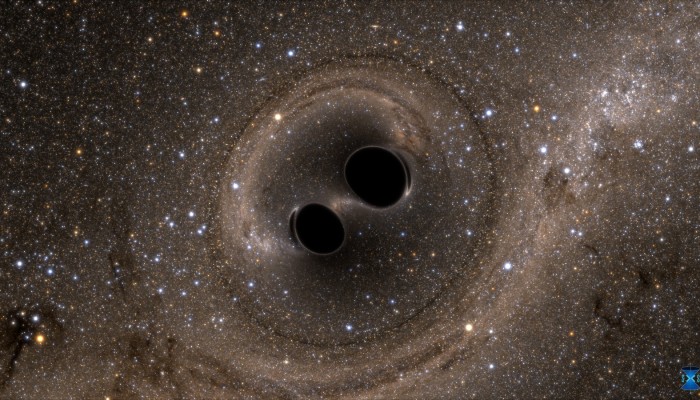After last years success, we’re again organizing a short course on presentation techniques. EGU GA 2016 participants who are interested in rehearsing their talk and getting feedback can sign up of for a rehearsal here (deadline 31 March 2016). Of course we welcome and encourage contributions from all divisions. You can feel it coming, sometimes it kicks in days before your talk, at other tim ...[Read More]
Cryospheric Sciences
Image of the Week — Last Glacial Maximum in Europe
During the last ice age*, ~70,000 to 20,000 years ago, the climate was much colder in Europe. As a result, the northern part of Europe was fully covered by the Fennoscandian (a.k.a the Scandinavian ) ice sheet, which extended up to the British Isles and some parts of Poland and Germany. In central Europe, the Alps were also almost fully glaciated. The storage of all this ice on the continent lower ...[Read More]
Geomorphology
More than meets the “I”: The Retirement of a Mentor – Young Scientists and Their Inheritance
In preparation for the laudation of her retiring mentor – Professor Richard Dikau – Katharina Eibisch from the University of Bonn (Germany) thought about some life lessons she learned throughout her first year as a young researcher. – written by Katharina Eibisch, University of Bonn – We as Geomorphologists are not only concerned with the shape of a form but also with its materia ...[Read More]
Seismology
Article submission and resubmission
Guest writer Kathrin Spieker is back with her thoughts and experience about how to improve writing skills specifically aimed for publishing in scientific journals. This post is part of a series. Kathrin is a young seismologist who has recently started publishing her own research as part of her PhD study. In a previous post (The publication circle) we had a closer look at the writing process, which ...[Read More]
Seismology
Listen to the … massive black hole merger song!
I bet you were every bit as excited as me about the recent announcement of the detection of gravitational waves at two locations of the Laser Interferometer Gravitational-Wave Observatory LIGO*. These waves were sent out to space-time by the merger of two black holes. Call me a nerd, but after reading the news I soon started wondering: What sort of periods do these waves have? In my imagination, s ...[Read More]
Seismology
Announcement: Seismology Workshop at EGU General Assembly
Title: The Art of Science Time: Thursday, April 21, 2016; 13:30 – 15:00 Location: EGU conference center, Room -2.61 or -2.85 (in the basement) Description: This is a workshop for professionals wishing to perfect the practical skills needed for a successful research career. In the workshop we will choose topics from the following list: choosing a research portfolio; making a workplan; mentoring an ...[Read More]
Cryospheric Sciences
Image of the Week – Antarctic fieldwork 50 years ago!
So far this blog has published many pictures of current polar field work campaigns. Today, we would like to take you back to Antarctic expeditions during the 1960s. The photos presented in this post date back from the Belgian-Dutch Antarctic field campaigns of 1964-1966. The first picture shows Ken Blaiklock (red overalls) with a Belgian surveyor. Ken was part of the 1955–58 Commonwealth Trans-Ant ...[Read More]
Atmospheric Sciences
How does weather affect volcanoes?
I was taking a plane trip home recently. To kill the time I got talking with the person sitting next to me and naturally one of their first questions was to ask me what I did for a living. To avoid a complicated discussion about the nuances of my research I summarised – ‘I am a volcanic meteorologist’. They were interested and wanted to know all about how volcanoes affect the weather, ...[Read More]
Seismology
Bulgarian seismologists deploy seismic station in Antarctica
This week we caught up with Gergana Georgieva, an early career seismologist working at the Department of Meteorology and Geophysics, Sofia University. Gergana is an assistant professor, and a board member of the Bulgarian Geophysical Society. The team she is working in from Bulgarian Academy of Sciences and Sofia University has recently been awarded funding from the Science Research Fund of the Bu ...[Read More]
Seismology
Icequakes! Stick-Slip motion under Western Greenland
Check out this very interesting read about Icequakes, available at the Cryospheric Sciences blog page. Cryosphere is the frozen water part of the Earth system, which includes ice that is found in the ocean, such as waters surrounding Antarctica and the Arctic. Read here: Cryospheric Sciences | Image of the Week: Icequakes! Stick-Slip motion under Western Greenland







